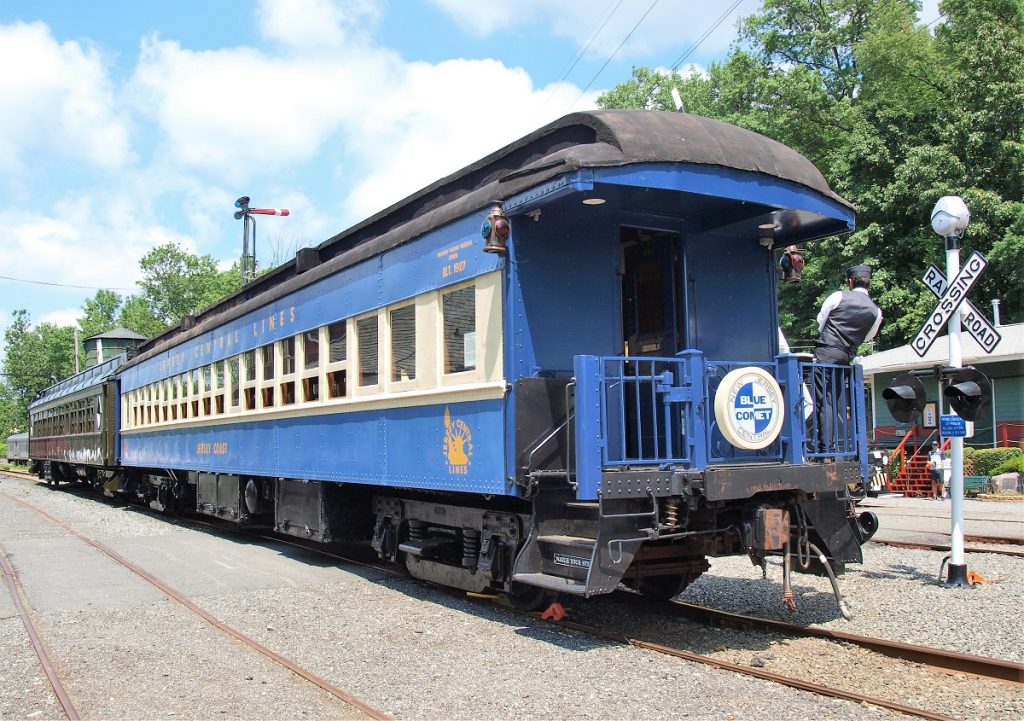
Central Railroad of New Jersey Jersey Coast Club Car
Memories of The Blue Comet
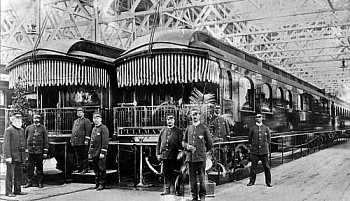
During the first half of the 20th Century in America, rail travel was luxurious and opulent for the well-to-do. The Whippany Railway Museum has re-created this atmosphere with the restoration of its Central Railroad of New Jersey (CNJ) club car named “Jersey Coast”.
The first steel Jersey Central passenger coach was delivered in 1913, carrying 78 commuters and had a standard clerestory roof. Starting with the number “800,” the series grew to the number “1204” (over 400 coaches) by 1927.The Museum’s car, numbered “1201,” was one of the newest, built in 1927 by Bethlehem Shipbuilding as a standard steel-bodied CNJ commuter coach with mahogany interior
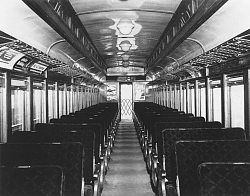
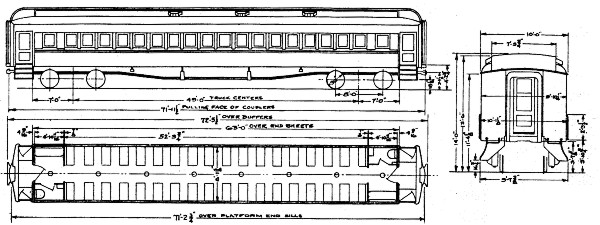
Jersey Central trains, rushing commuters back and forth to work in New York City, carried thousands each day in standard coaches, but also a happy minority in extra comfort in a few “commuter club cars.” These spacious extra- fare cars had individual reserved seats and other amenities that appealed to executives and other professionals. Adding one more advantage over coach, in July 1948, the first air conditioned commuter club cars joined the fleet between Jersey City and stations on the Raritan and Bay Head lines. This air conditioning was provided by forced air blowing over coils chilled by several 400 pound blocks of solid ice carried in bunkers beneath the car. Our coach # 1201 was converted to a commuter club car at this time, had its crowded walk-over seats removed, carpet laid, arm chairs and card tables furnished, a tiny kitchen installed, and received the name “Jersey Coast,” as all club cars had names. Beverages were served by a porter, and for many commuters this was a civilized way to travel to and from work.
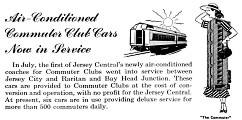
Club cars were provided to a group of commuters by the railroad at the cost of conversion and operation and guaranteed each of its members one of the 74 seats onboard the car. Club cars were placed at the east end of trains so their passengers did not have far to walk through the Jersey City waterside terminal (ferry boats to New York City). They were scheduled to operate only on specific trains..
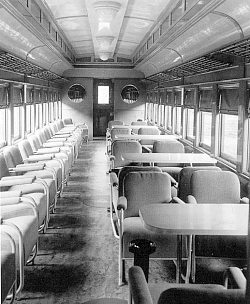
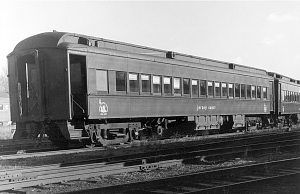
The “Jersey Coast” carried its passengers in style – bridge tournaments, Christmas parties and all – until the car was retired by the CNJ in 1972
The surplus “Jersey Coast” was then purchased from the railroad by a Morris County businessman who converted it into a private, stationary lodging for himself, but altered one end of the car with a new railed-in open observation platform, so that it now resembled the famous observation cars of the Jersey Central’s stylish, seashore-bound 1930s “Blue Comet” express train.
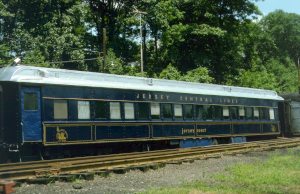
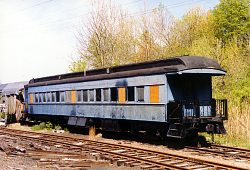
Later, the owner placed the car into storage where it was subject to the ravages of weather and vandalism for a decade, leaving the car in dismal condition.
Early in 1994, the Whippany Railway Museum acquired the car and Museum members immediately cleaned up the badly damaged and graffitied interior, replaced the many shattered windows and patched the leaking roof.
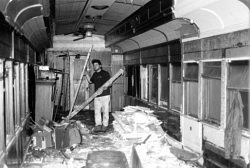
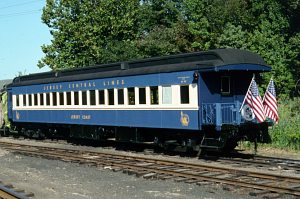
Taking its cue from the previous owner and with a nod to glamor, the Museum painted the exterior of the car in the three bands of “Blue Comet” color: Jersey Cream, Packard Blue and Royal Blue, representing the sand, sky and sea of the New Jersey seashore… adding “Jersey Central Lines” in the letterboard above the windows and including CNJ Statue of Liberty logos from the 1940s near the steps. The restoration then paused.
The “Blue Comet” was the crack seashore passenger train of the CNJ, running between Jersey City and the boardwalks, beaches and resort hotels of Atlantic City from 1929 until 1941. The mainly blue paint scheme of this celebrated train, with its cream-color band running along the windows of all of the cars, reminded the viewer of a comet streaking through space as the train raced past. All of the “Blue Comet” cars were named for “short period” comets…the swiftest of comets, caused by their small orbits.
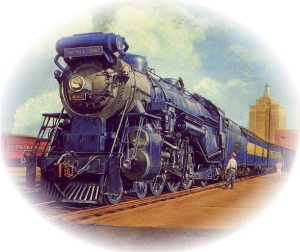
Our club car “Jersey Coast” never ran on the “Blue Comet” but was built to the identical blueprint, by the same builder, in the same year as the “Blue Comet” cars, including the same inlaid mahogany interior, the only difference being the type of carpet and style of seating.
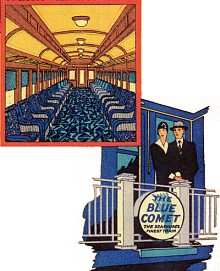
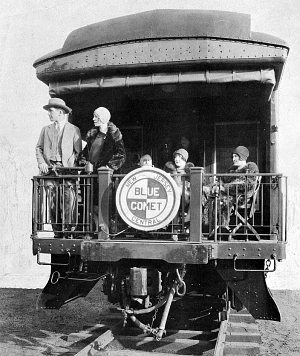

When restoration of the “Jersey Coast” resumed in earnest in 2004-2010, anywhere from two to ten Museum volunteers, including master mechanic Earle Gil, worked steadily to restore the car’s roof, make and install 40 new mahogany windows, remove and replace all paint in the car, refinish the mahogany paneling, replace damaged woodwork, renew the wiring, re-install lights, fans, luggage racks, carpet, reproduce the card tables and do too many mechanical upgrades to mention, so that the car is now a work of historical rejuvenation.
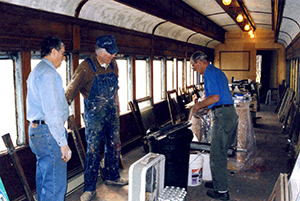
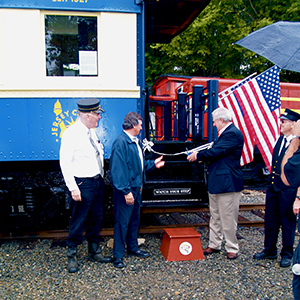
On September 12, 2010, Hanover Township mayor John Sheridan and Whippany Railway Museum president Steven Hepler, in the presence of township officials, Museum donors and a large crowd of waiting passengers, cut a ribbon, signaling the completion of the restoration of the “Jersey Coast” and its addition to our Whippany excursion trains as a first class, extra-fare car.
The observation car, much like the caboose and steam locomotive, is now part of railroad lore. Our restoration is complete, visitors and riders alike can sample how the joyous elite of the rail world once traveled aboard The Seashore’s Finest Train.
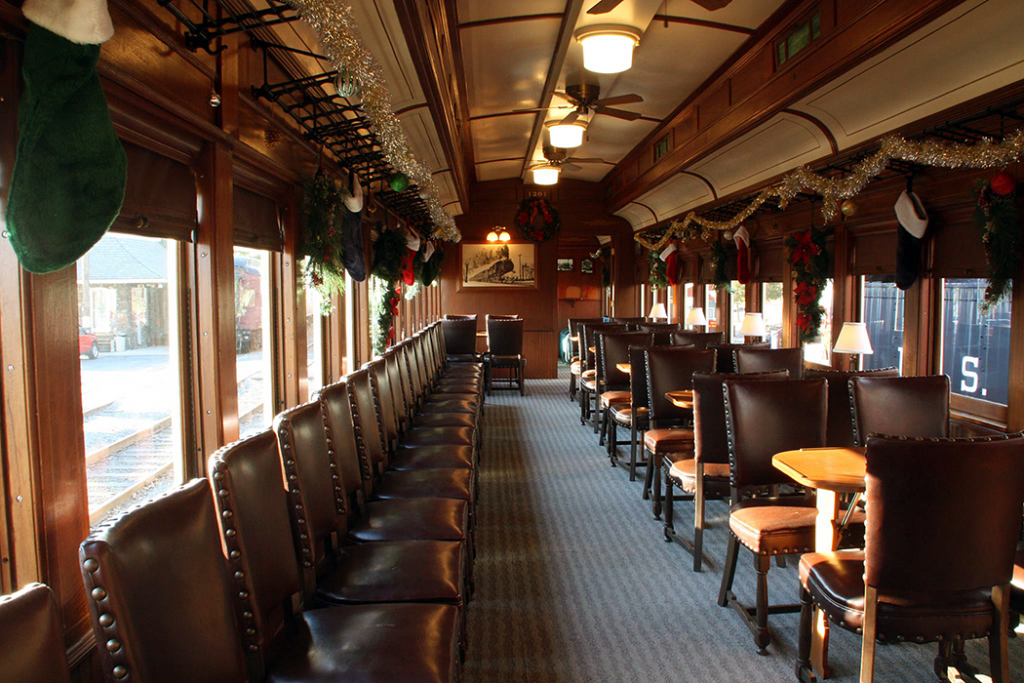
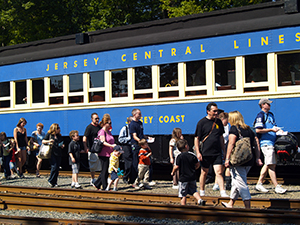
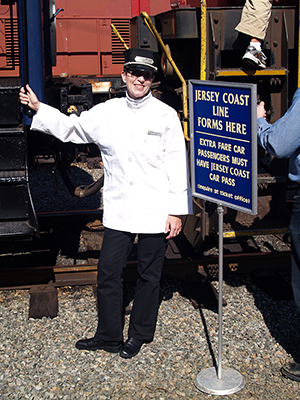
You can ride in this beautiful car, on any of our excursion trains.